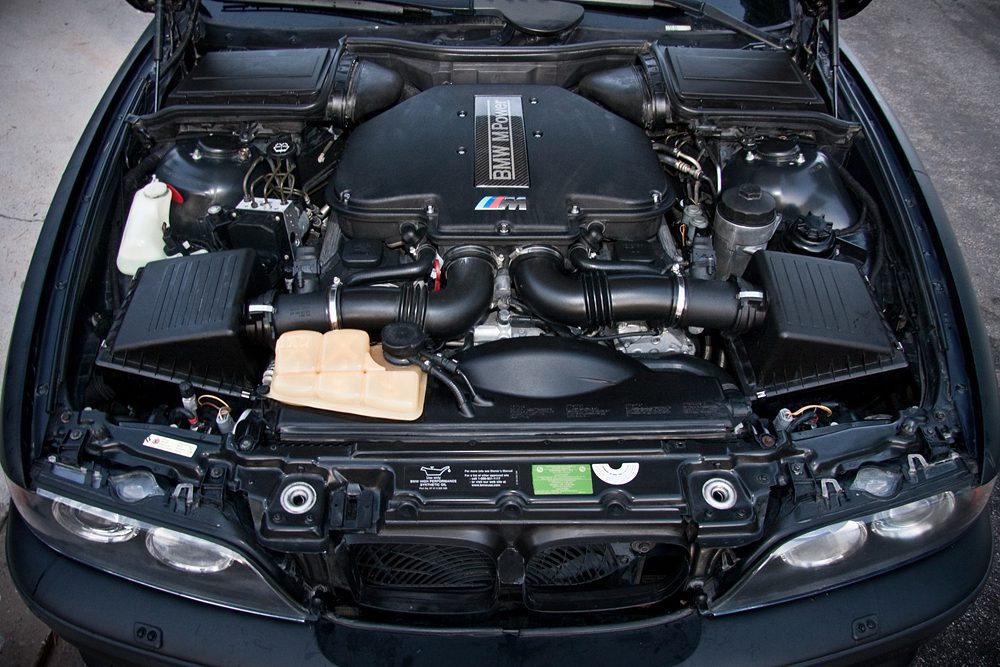Opel Corsa Engine: Common Issues and Just How to Deal with Them
Opel Corsa Engine: Common Issues and Just How to Deal with Them
Blog Article
Exploring the Inner Operation of a Compact Automobile's Engine System
As drivers, we commonly take for given the detailed processes that take place within the confines of our automobile's engine system. In this exploration of a small vehicle's engine system, we will certainly decipher the internal workings of this mechanical symphony, losing light on the mysteries that drive us ahead on our daily trips.
Combustion Process Overview
The burning procedure in a small vehicle's engine system is an essential device that effectively converts fuel into energy to power the automobile. This procedure takes place within the burning chamber of the engine, where fuel and air mix, spark, and create regulated surges. The combustion process contains 4 major stages: intake, power, compression, and exhaust.
Throughout the intake stage, the piston moves downward, attracting in a mixture of air and fuel into the combustion chamber. This descending movement generates the power required to drive the vehicle. This cyclic combustion procedure is fundamental to the operation of a compact lorry's engine system, making sure efficient power conversion for propulsion.
Piston and Cyndrical Tube Interaction

The piston's exact fit within the cyndrical tube is necessary for maintaining optimal compression and preventing power loss throughout combustion. Limited clearances between the piston and cylinder walls make sure effective securing, permitting the piston to move smoothly without allowing gases to leakage past. Proper lubrication is additionally important to lower rubbing and put on in between these elements, improving durability and performance.
Additionally, the design and products made use of in making the piston and cyndrical tube effect engine effectiveness and toughness. Modern engines commonly utilize lightweight yet durable products like light weight aluminum alloys for pistons and cylinder liners to reduce inertia and boost thermal effectiveness. In general, the harmonious communication between the piston and cylinder is basic to the engine's capability and general performance.
Gas Injection System Functionality
Gas shot systems in compact lorry engines play an essential duty in exactly delivering gas to the combustion chamber for reliable and controlled ignition. The fuel shot system functions by infusing fuel right into the combustion chamber at the optimum moment throughout the engine's operation (opel corsa engine). This click this precise timing makes certain that the fuel blends evenly with the air for correct combustion, visit this web-site bring about enhanced gas effectiveness and lowered discharges
There are primarily 2 kinds of gas injection systems made use of in small lorry engines: port fuel shot (PFI) and direct fuel shot (DFI) PFI systems inject gas into the consumption port before the consumption valve, while DFI systems infuse fuel straight right into the combustion chamber. Both systems have their benefits, with DFI using better gas atomization and PFI offering an extra economical service.
Recognizing Engine Cooling Devices
Reliable operation of a small vehicle's engine counts greatly on the performance of its cooling devices. The air conditioning system in a small car normally consists of several parts functioning together to regulate the engine temperature level. Comprehending these engine cooling devices is crucial for preserving the performance and pop over to these guys long life of a small vehicle's engine system.

Exhaust System Parts Explained
The ideal functioning of a portable automobile's engine cooling mechanisms relies on a complementary system known as the exhaust system, which consists of different vital components for making certain effective exhausts and engine performance. The exhaust system consists of elements such as the exhaust manifold, catalytic converter, muffler, and tailpipe. The exhaust manifold collects exhaust gases from the engine's cyndrical tubes and paths them to the catalytic converter. The catalytic converter then transforms hazardous toxins in the exhaust into much less damaging emissions prior to releasing them with the muffler and tailpipe.
One vital component of the exhaust system is the oxygen sensor, which checks the oxygen levels in the exhaust gases to assist manage fuel usage and make certain optimal engine performance. opel corsa engine. In addition, the resonator may be present in some exhaust systems to minimize sound levels. In general, the exhaust system plays a crucial function in keeping engine effectiveness, reducing damaging emissions, and guaranteeing a quieter driving experience for compact automobile proprietors

Final Thought
Finally, the compact automobile's engine system is an intricate combination of components that interact to facilitate the combustion process, convert gas right into power, and expel waste gases. Comprehending the internal operations of the engine system, consisting of the piston and cyndrical tube interaction, fuel injection system, engine cooling systems, and exhaust system elements, is vital for keeping optimal performance and efficiency of the car.
The combustion process in a small automobile's engine system is a vital device that successfully transforms gas right into power to power the automobile.Gas shot systems in small automobile engines play an important duty in specifically supplying gas to the combustion chamber for effective and controlled ignition.There are primarily two kinds of gas shot systems utilized in small car engines: port fuel injection (PFI) and straight gas injection (DFI) Comprehending these engine cooling mechanisms is vital for keeping the efficiency and durability of a small car's engine system.
The optimal performance of a small car's engine cooling mechanisms depends on a corresponding system understood as the exhaust system, which makes up various crucial parts for making sure effective emissions and engine efficiency.
Report this page